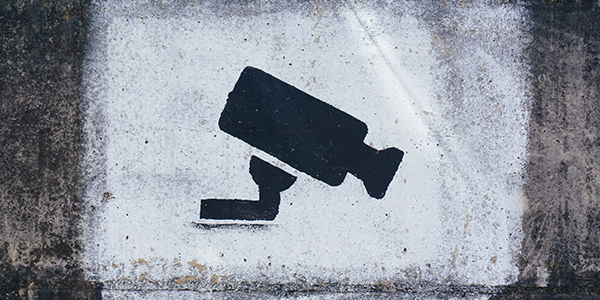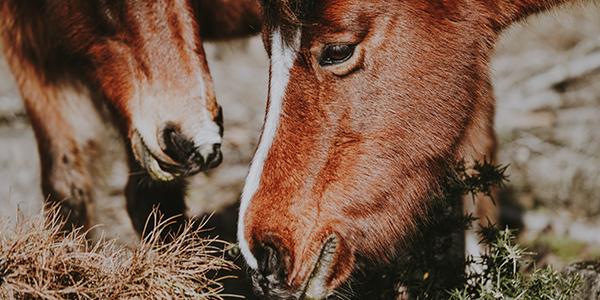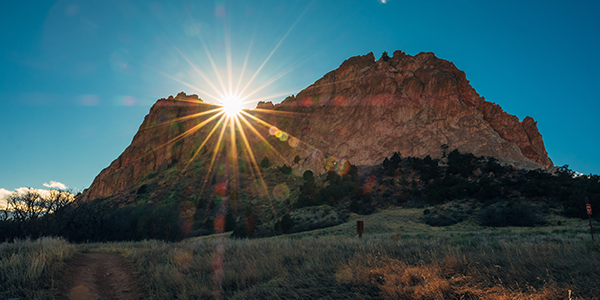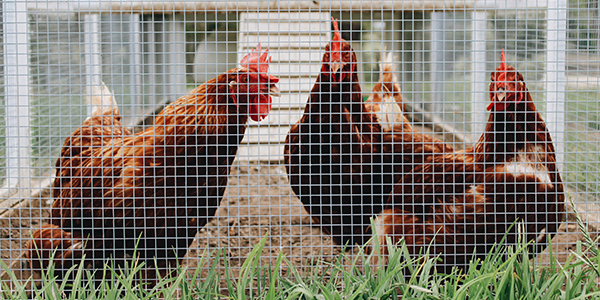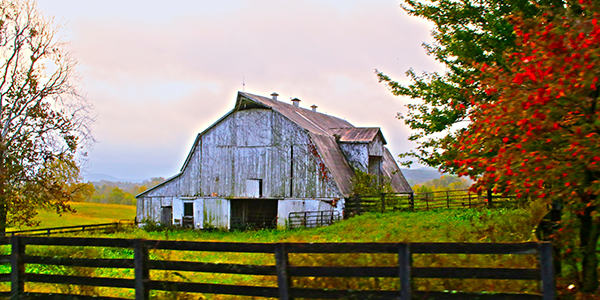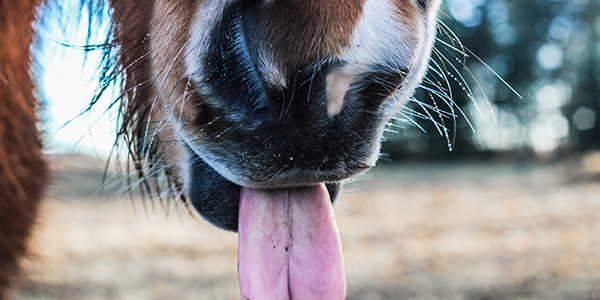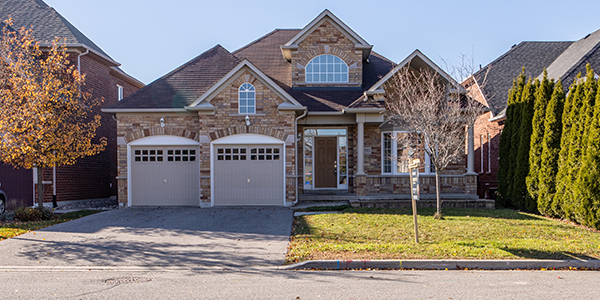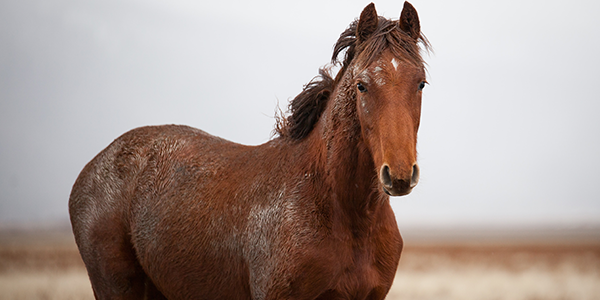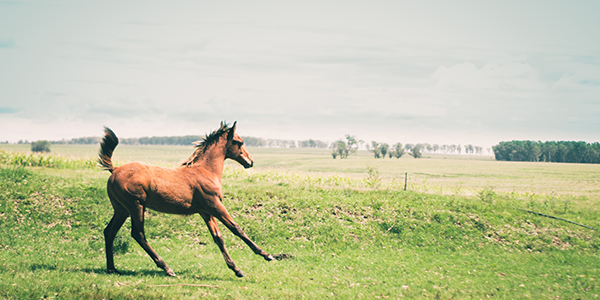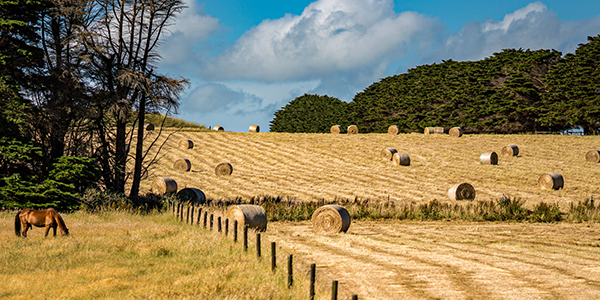Does your barn have a security camera? Perhaps you want to prevent theft, unwanted visitors, or vermin from getting into your barn. Maybe you need to monitor a pregnant mare or a sick foal without interrupting other responsibilities around your horse property. What ever the case may be, there are many benefits to having a surveillance at your barn. Continue reading to find out which systems we recommend. Also, if you are looking for a horse property for sale in Colorado, contact Colorado Horse Property today and speak with one of our horse-person realtors.
Barn Surveillance Cameras
There are many different security cameras that are great for barn surveillance. Before purchasing a camera, determine your needs first. Do you need a camera that can be accessed remotely? Do you need a camera that has clear night vision or is weather resistant? Also, what is your budget? Some cameras require an internet connection. You can get a camera with network connectivity or just get a large memory card for continuous recording and video playback. Therefore with these questions in mind, here are two of the most popular cameras on the market.
The most popular barn surveillance cameras on the market are Reolink and RangeCam. The Reolink Go is wireless and also has a long-lasting battery. It provides images in 1080p full HD and is solar-powered. Is also does not need Wi-Fi connectivity when equipped with a SIM card and cellular data. On the other hand, the RangeCam activates by motion and allows for remote viewing with different surveillance options. It also includes a feature to receive photos and videos at specific intervals. This is a great option if you are expecting a pregnant mare or if you want to keep an eye on a sick horse.
